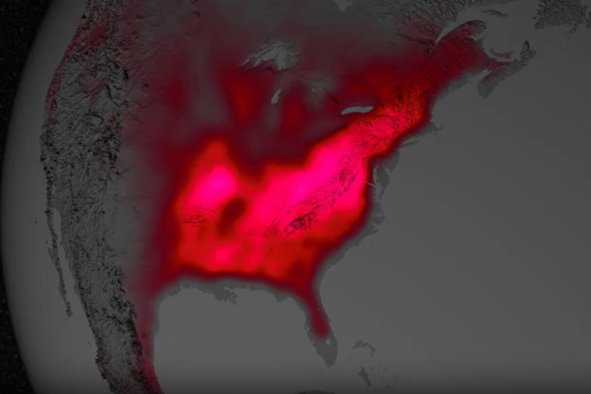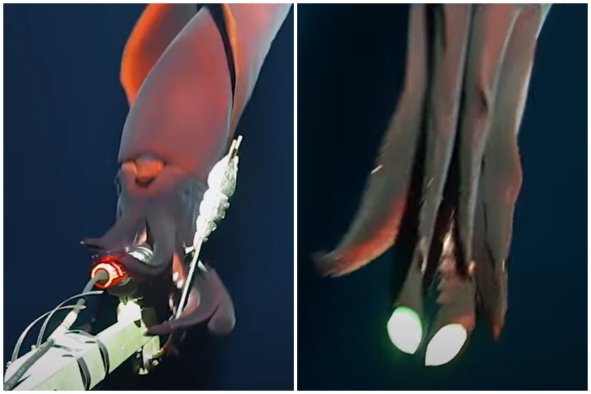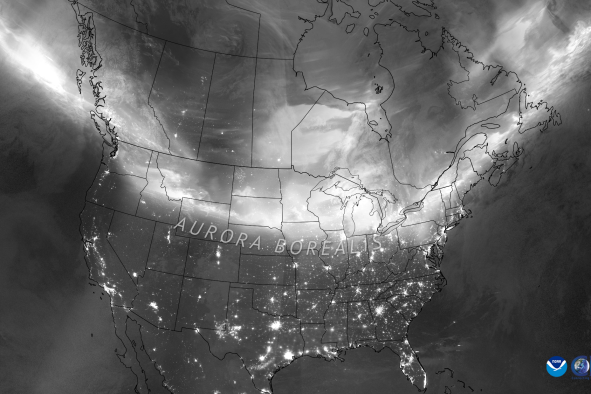A tree-deforming insect infestation is spreading throughout Utah, and warming temperatures are only making it worse, a new study has found.
The invasive species, the balsam woolly adelgid (BWA), or Adelges piceae, is mainly attacking subalpine fir trees in northern Utah, presenting a very real threat to the region's already strained forests. Originally native to Europe, these parasites inject a toxic substance into the tree that wreaks havoc on its cells, causing it to die over a period of three to five years.
The new study, published in Forest Ecology and Management by researchers at the University of Utah and the U.S. Forest Service, found a clear correlation between how bad the infestation was getting, and warming temperatures.
Adelgids were first introduced to the Pacific Northwest about 100 years ago, but they weren't noticed in Utah until 2017. Since then, they have been continuing to kill trees, particularly in the Wasatch Mountains area, the study says. The research created a model for predicting the severity of the infestation in the Uinta-Wasatch-Cache National Forest specifically.
"We took that climate-to-severity relationship along with a series of climate projections and we were able to map current and future exposure to BWA damage at a high spatial resolution," lead author Mickey Campbell, a research assistant professor in the Department of Geography, said in a summary of the findings. "The idea [is], in 2040, 2060, 2080, and 2100, based on these different climate projections, determining how exposed these areas are to the potential damaging effects of BWA. And indeed, we find that for an insect that prefers warmer areas, a warming climate is going to provide it with more opportunity to cause damage."
Due to the link with high temperatures, climate change is clearly playing a role in how bad the infestation is getting. For this reason, the researchers came up with four climate scenarios from 2020 to 2100, to predict how the infestation will unfold.
They found that in 2020, nearly half (41 percent) of the Uinta-Wasatch-Cache National Forest was suffering from the effects of the insects. The Wasatch Mountains appeared to be experiencing the worst of it.
The researchers predict that this could increase to 79 percent, even under moderate climate projections, the study reported. Around 37 percent of the areas will see an extreme infestation.
"The main pieces of evidence are how strongly temperature is related to the spread and severity of BWA. That tells us at the very least as temperatures go up, we should be concerned about more spread and higher severity infestation," William Anderegg, professor at the university of Utah and director of the Wilkes Center for Climate Science and Policy, said in a statement.
While the warming climate is certainly playing a role, the researchers noted that there may be other external factors relating to dying trees, such as drought and wildlife.
Do you have a tip on a science story that Newsweek should be covering? Do you have a question about insects? Let us know via science@newsweek.com.
Disclaimer: The copyright of this article belongs to the original author. Reposting this article is solely for the purpose of information dissemination and does not constitute any investment advice. If there is any infringement, please contact us immediately. We will make corrections or deletions as necessary. Thank you.



